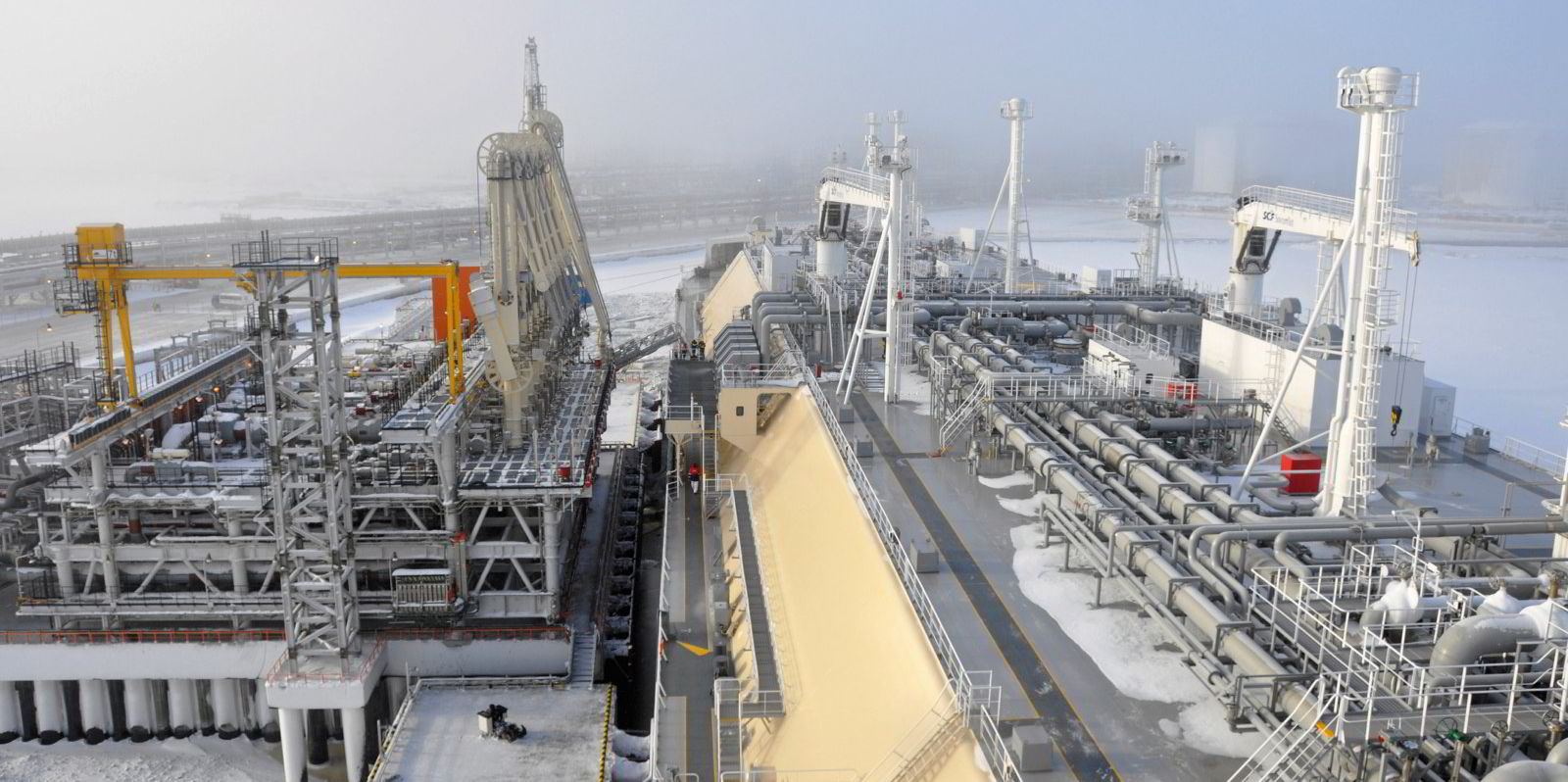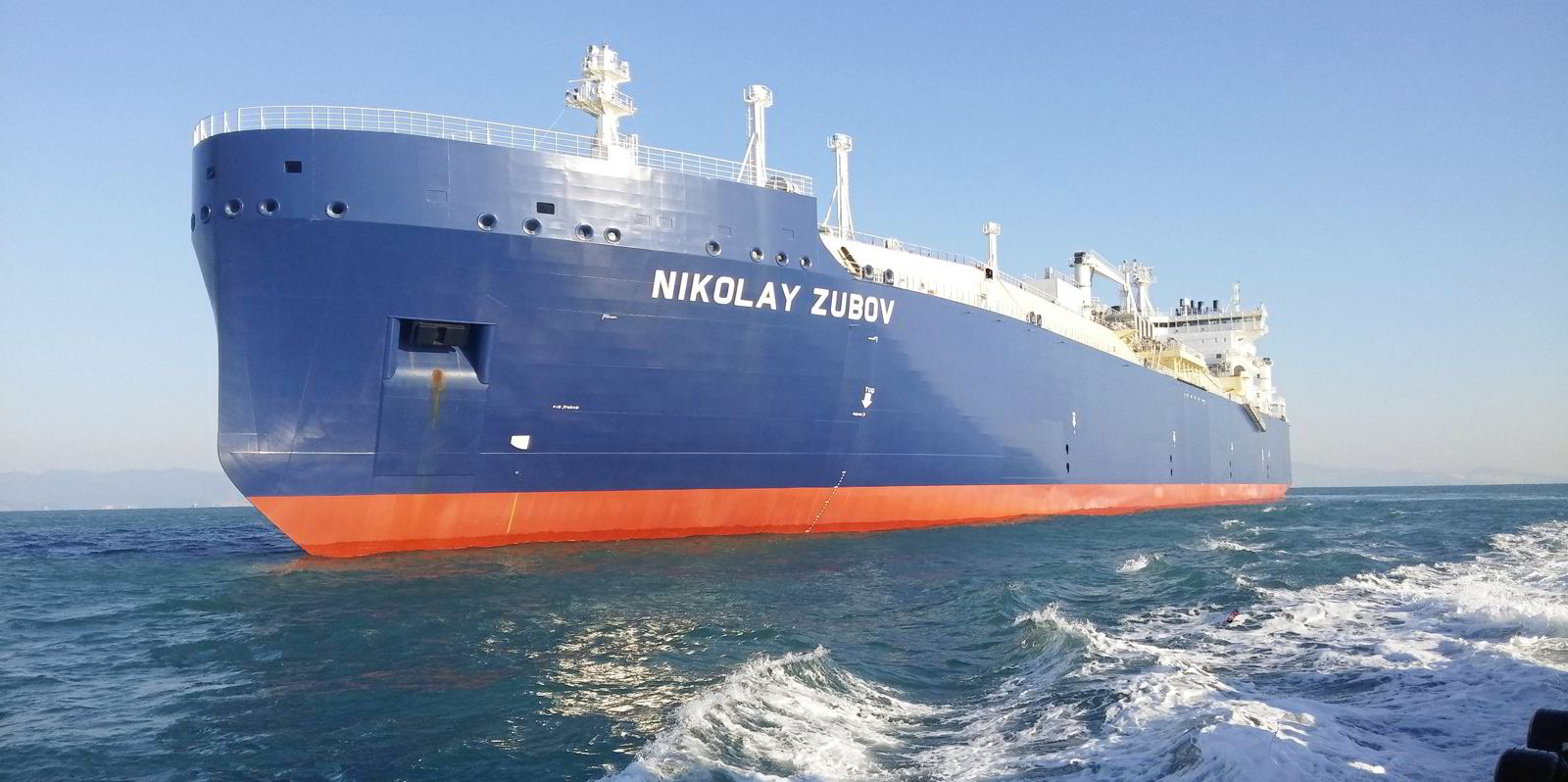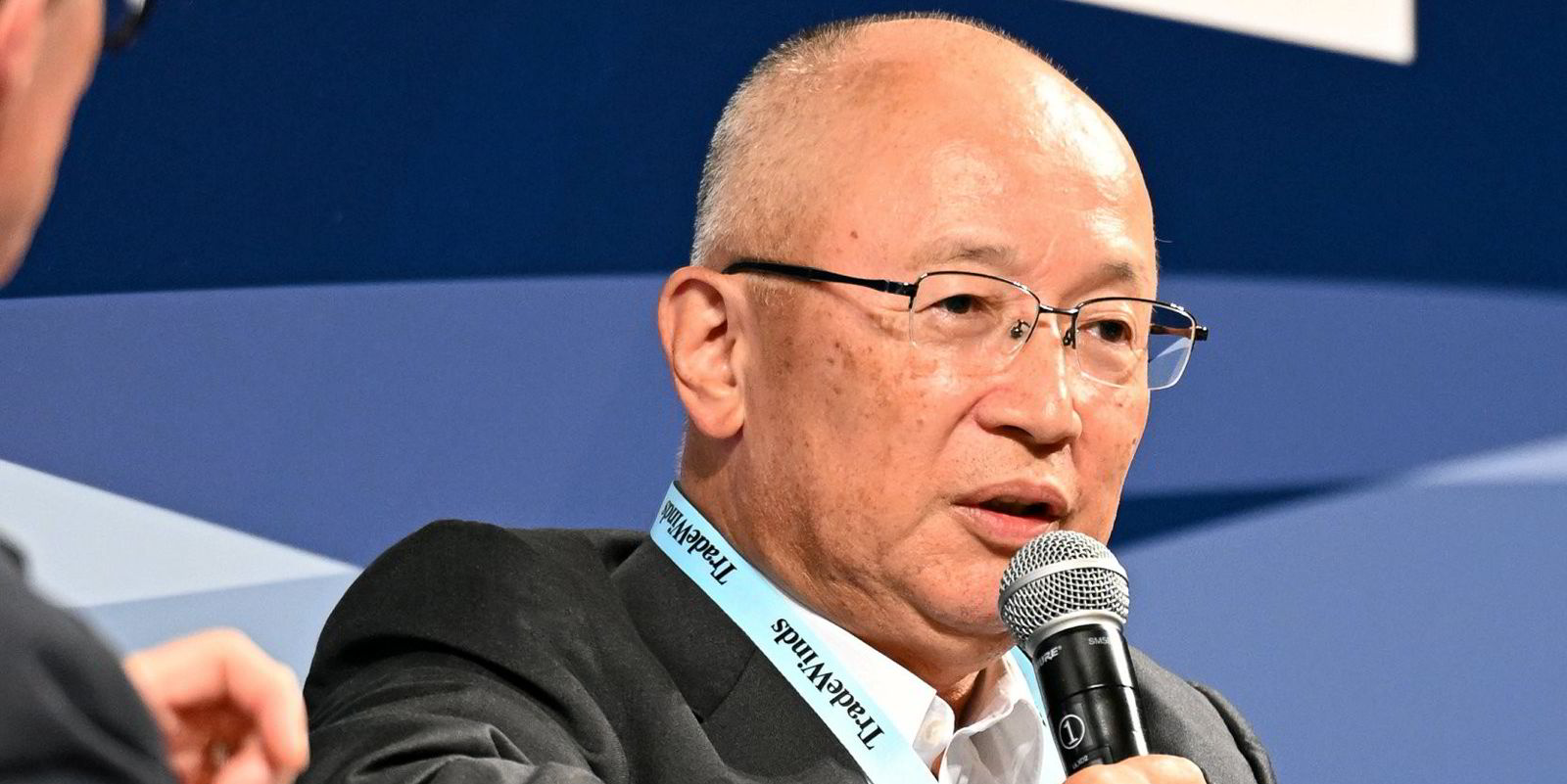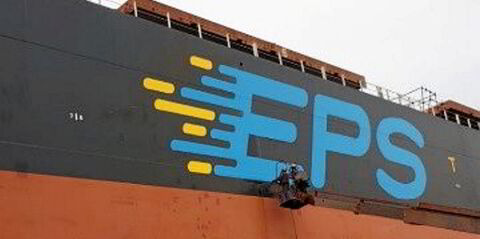LNG imports are continuing to roll into European terminals at the same rate as in 2022 while voices are being raised to halt them.
London Stock Exchange Group data showed that in the first 10 months of this year European nations imported 13m tonnes of LNG, only a fraction lower than the 13.3m tonnes shipped in during the same period in 2022.
Belgium emerged as the largest buyer so far in 2023, importing 3.79m tonnes from Novatek’s Yamal LNG plant in the Russian Arctic.
Spain shipped in 3.64m tonnes, while France imported 3.18m tonnes.
This week, Finland’s environment and climate minister Kai Mykkanen said his country proposes to ban imports of Russian LNG.
Mykkanen said the ban will be included as a paragraph in implementation proposals for the European Union’s next gas market package.
“The package will include a paragraph allowing the ban to be imposed,” Mykkanen said. “EU members can use this paragraph as they see fit and it will be easy to introduce it into Finnish law.”
The minister said Russian LNG could be banned from Finland within two years of the European Union’s gas package taking effect.
Finland, which is currently investigating an 8 October rupture of the Balticconnector subsea gas pipeline, no longer receives Russian pipeline gas but its energy company Gasum does still take small volumes of LNG from the country.
The EU has not banned Russian LNG and the bloc imported record volumes in 2022 after Russia largely cut pipeline exports to the bloc following the international sanctions imposed on it following its invasion of Ukraine.
Since then, various EU member states have called for a ban on Russian LNG imports and this year they have continued to flow at a similar rate.
Overall, the January to end-October period fell slightly year on year to 24m tonnes compared to 26m tonnes, according to data provided by Reuters.
Yamal LNG has exported 14.56m tonnes of LNG in the first 10 months of 2023, down 11.2% from a year earlier, including 11.54m tonnes sent to Europe and 2.44m tonnes to Asia.
Novatek’s mid-scale liquefaction plant on the Baltic Sea coast, Vysotsk, has shipped out some 600,000 tonnes of LNG.
The Gazprom-controlled Sakhalin 2 project in the Russian Far East exported around 7.9m tonnes to Asia while its Portovaya liquefaction terminal near the Russia-Finland border sent out 860,000 tonnes.
Russia’s Deputy Prime Minister Alexander Novak said at the weekend that the country plans to boost its LNG production to 30 million tonnes per annum by year-end and more than triple this to 100 mtpa by 2030.
Last week, the US slapped sanctions on Russia’s Novatek-led Arctic LNG 2 plant, which is scheduled for start-up before the end of this year.
Novatek chairman of the management board Leonid Mikhelson described the US sanctions as “high praise for our professionalism” and designed to benefit North American LNG players looking to drive prices higher.
Aside from Novatek, which holds a controlling 60% shareholding in the project, French energy major TotalEnergies, China’s China National Petroleum Corp and Japan Arctic LNG — a consortium of Mitsui & Co and JOGMEC — each hold 10% stakes.
Japan has said it will make sure its energy supplies are not affected by the US sanctions on the project while TotalEnergies has indicated that it is assessing their impact.






